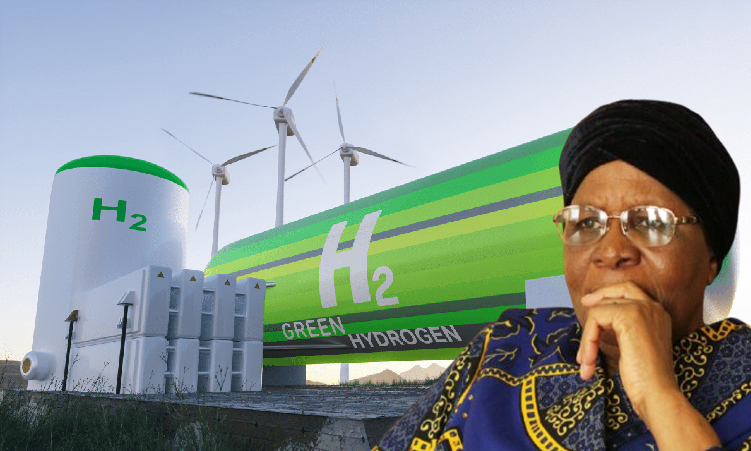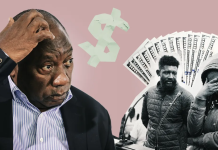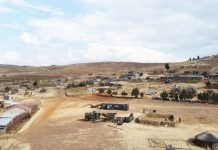What you need to Know:
- Green hydrogen faces uncertainty as president-elect Nandi-Ndaitwah questions its economic viability, favoring oil and gas instead.
- Nandi-Ndaitwah requested a progress and sustainability report last year
- The green hydrogen initiative was absent from Swapo’s N$85.7 billion manifesto plan, signaling a shift in government priorities.
- Staff at the green hydrogen office fear job losses as contracts expire
- Oil and gas take center stage in Swapo’s plans, with clear timelines for policy development and a push for 30% state ownership in the sector.
By Timo Shihepo | 9 March 2025
President-elect Netumbo Nandi-Ndaitwah has reportedly asked government officials to explain the viability of Namibia’s green hydrogen programme.
This comes amid speculation that she is leaning toward the ‘tried and tested’ oil sector.
Government sources told The Namibian that the incoming president asked whether green hydrogen can boost Namibia’s economy.
She is allegedly contemplating moving the green hydrogen programme office under tighter government control, rather than it operating independently.
Nandi-Ndaitwah requested a progress and sustainability report last year from presidential adviser and green hydrogen commissioner James Mnyupe.
Nandi-Ndaitwah is said to be unconvinced of the green hydrogen industry as the main catalyst to revive Namibia’s struggling economy.
Instead, she appears to lean toward the oil and gas sector, viewing it as a more reliable path to economic recovery.
Two months before elections last year, Nandi-Ndaitwah, during the opening of the Africa Global Hydrogen Summit, said green hydrogen holds the potential to spur economic development and help address climate change.
Former president Hage Geingob launched his signature energy project in 2021 to develop affordable renewable projects that would generate revenue and benefit local communities.
However, the incoming president’s plans suggests she is not the most ardent supporter of green hydrogen.
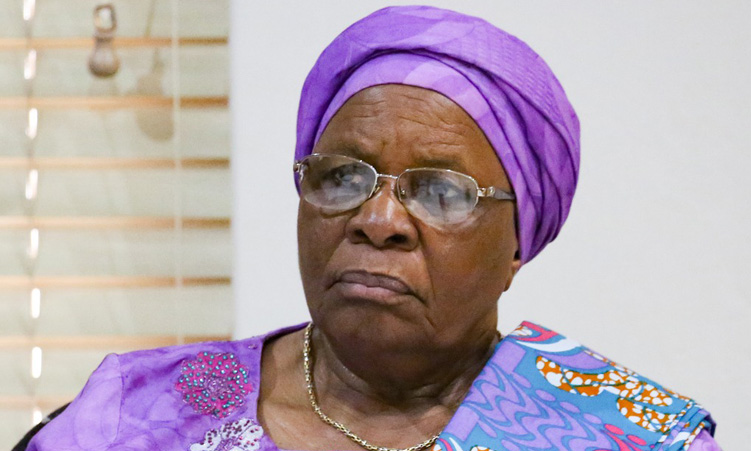
The ambitious energy scheme was not included in her party manifesto which won her the elections.
One of the clearest signs of the programme’s downgrading came last month when Swapo leaders and government technocrats finalised the party’s manifesto implementation plan worth N$85.7 billion.
Green hydrogen was notably absent from the document. Cabinet has since approved the implementation plan without a single mention of the phrase green hydrogen.
Swapo Party Youth League secretary general Ephraim Nekongo yesterday defended the exclusion of green hydrogen from the implementation plan, saying it was not part of the party’s manifesto.
“Before the elections, we consulted citizens on their priorities, which shaped the Swapo manifesto. People then voted for us based on that,” he said.
Nekongo said after winning, Swapo extracted key promises from the manifesto for implementation.
“If green hydrogen was in the manifesto and left out, you would have a point,” he said.
However, he clarified that its absence from the plan does not mean it will be ignored.
“Just because we haven’t spoken about it doesn’t mean we are not going to attend to it. It’s already an ongoing programme but we prioritised catalysts for urgent issues like unemployment.”
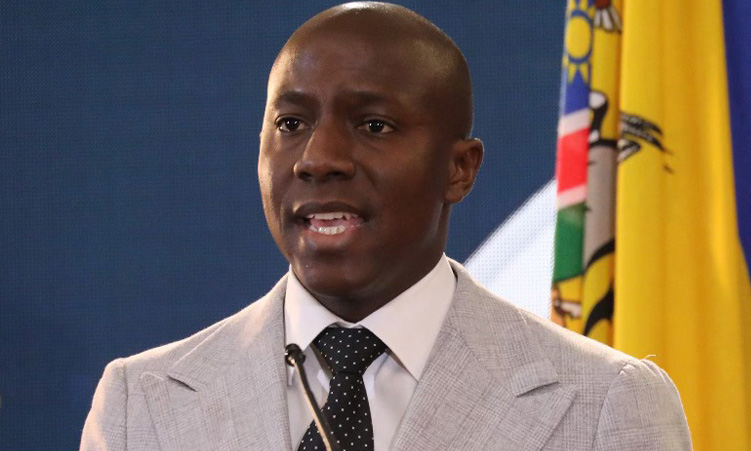
The lack of a public stance on green hydrogen from Swapo and the president-elect’s office has left workers at the green hydrogen programme office in uncertain territory, with several contracts set to expire this month, raising fears of job losses.
“Contracts for the various staff members range in duration and are aligned with the programme’s mandates and duration, which is communicated to all members who apply for the opportunity to serve the government through this initiative,” green hydrogen programme spokesperson Jona Musheko told The Namibian last week.
Musheko said the programme has a mandate to continue providing advisory services to the government until February 2028.
“As an emerging sector, green hydrogen presents Namibia with an opportunity to diversify its economy, create employment and establish a global presence in renewable energy. The programme remains committed to executing its mandate through strategic partnerships, infrastructure development and policy alignment,” he said.
The green hydrogen programme has faced criticism for its lack of transparency, particularly over a N$100-billion contract awarded to the Hyphen Hydrogen Energy consortium to develop a project at Lüderitz.
Critics have raised concerns about secrecy in the procurement process, with other green hydrogen projects in the hands of politically connected businessmen and elites.
Hyphen, led by German company Enertrag, holds exclusive rights to the project for 40 years. What happens after that remains unclear.
“We have been cautioning on the danger of committing ourselves to experimental projects such as green hydrogen. We must stick to things that are working and proven. Our people can’t wait for delayed solutions to their problems. They want opportunities now. Not in 2045,” Independent Patriots for Change spokesperson and incoming parliamentarian Imms Nashinge said yesterday.
The news of the green hydrogen programme left out of the implementation plan came weeks after former president Hifikepunye Pohamba urged successors not to abandon projects started by previous presidents.
Popular Democratic Movement president McHenry Venaani yesterday said it was not a shock that green hydrogen was left out.
“It has become nearly a routine that every president comes in with special projects. So I am not even surprised, but the investments that have gone there must be explained. If the implementation is not of particular importance, what about the investments as a country that we have put in there?” he said.
In December last year, the government secured a 24% stake in the Hyphen green hydrogen project, with about 23 million euro (about N$467 million) in development funding via the SDG Namibia One Fund.
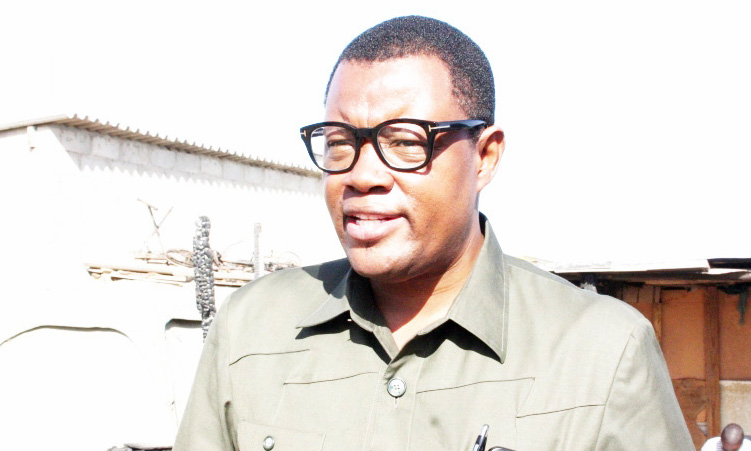
The government has also provided Tsau //Khaeb National Park where the Hyphen project is being developed. Other investments came from Germany, The Netherlands and the European Union. By July last year, at least N$380 million was spent on green hydrogen projects.
“What are we going to do to retrieve the investment? Of course we have seen that Geingob left some of the projects that Pohamba was pursuing and started with his own, part of it is green hydrogen. If Nandi-Ndaitwah is not pursuing green hydrogen, one would want to know what will happen to the investment?” Venaani asked.
Questions sent to Office of the Vice President deputy executive director Mateus Kaholongo have not been responded to since last month.
Questions sent directly to Nandi-Ndaitwah were also not answered. Swapo spokesperson Hilma Nicanor says questions should be directed to Swapo secretary general Sophia Shaningwa. Swapo’s chief administrator did not respond.
DRILL BABY, DRILL
In the Swapo implementation manifesto, oil and gas is regarded as a critical economic enabler. Oil and gas is mentioned at least eight times in the implementation manifesto and has its own section.
The oil and gas timelines in the implementation plan are indicated as: “Develop policy by September 2025, legislation by March 2026. Cabinet approval of gas masterplan by 20 November 2025. Cabinet approval of gas legislation by 31 March 2026.”
Nandi-Ndaitwah’s administration wants an oil and gas regulator established by April 2025. It also wants to increase ownership and participation by Namibians of a sizeable and fair share in the oil and gas industries.
“Maintain at least 30% carried interest for the state in all upstream licences,” the implementation plan says.

